 Winter-spring rice grows and develops in hot, rainy weather conditions, which are very favorable for pests to arise and cause damage. Therefore, these days, the Department of Agriculture and local farmers regularly monitor the fields, promptly detect and prevent pests, contributing to successful production and ensuring food security in the province.
Winter-spring rice grows and develops in hot, rainy weather conditions, which are very favorable for pests to arise and cause damage. Therefore, these days, the Department of Agriculture and local farmers regularly monitor the fields, promptly detect and prevent pests, contributing to successful production and ensuring food security in the province.

Farmers in Van Xuan commune (Vinh Tuong) spray pesticides to prevent pests and diseases in the winter-spring rice crop.
Long Thuyen field, Xuan Huc 1 village, Van Xuan commune (Vinh Tuong) on the morning of August 16, 2023 attracted many farmers to participate in investigating the field ecosystem, rice growth and pests to promptly deploy preventive measures according to the principle of "4 rights - Right medicine, right concentration and dosage, right time and right way".
Ms. Nguyen Thi Bich, a local resident, said: "This season, my family planted 1 mau of rice (10 sao Bac Bo). Due to the overlapping time between the Spring and Summer crops, combined with the alternating rainy, sunny, and hot weather conditions, it created favorable conditions for pests to accumulate and increase in density, especially harmful rats.
Right from the beginning of the season, participating in the Integrated Pest Management (IPM) class of the District Plant Protection and Cultivation Station (PPS), I easily identified early some pests and diseases that harm rice plants; how to use plant protection drugs effectively. Thanks to that, I have reduced costs and care work, helping rice plants grow well in unfavorable weather conditions."
Directly wading through the fields to check for pests and diseases in the winter-spring rice crop, Mr. Giang Van Hung, Head of the Plant Protection and Prevention Station of Vinh Tuong district, said: In the 2023 winter-spring crop, Vinh Tuong district planted nearly 4,000 hectares of rice. Currently, the winter-spring rice crop is in the panicle-forming stage, with the rice blooming time concentrated from August 25 to September 5.
The weather forecast in the coming time is high temperature, humidity, and heavy rain and storms, which are favorable conditions for some major pests to arise, develop, and cause damage, especially small leaf rollers, stem borers, brown planthoppers - white-backed planthoppers, bacterial leaf blight - bacterial stripe spot and brown spot disease...
To proactively prevent harmful organisms and ensure production safety, the Vinh Tuong District Plant Protection and Information Station has established IPM training courses for farmers; propagated and mobilized people to implement improved rice cultivation; increased field inspection, monitored weather developments and the emergence and development of harmful organisms on rice plants, and promptly guided farmers on effective prevention and control measures.
The district's Department of Agriculture and Rural Development proactively advised the district People's Committee to direct the People's Committees of communes, towns and agricultural service cooperatives to deploy a peak period of pest control at the grassroots level; expand the area where drone spraying technology is applied in localities with sufficient conditions and difficulties in human resources.
Along with that, the station guides farmers on how to place bait and safe and effective measures to kill rats; propagates people to regularly clear bushes along the village edge, clean the fields; actively clean weeds along the banks, especially high mounds, cemeteries, and wasteland to limit the habitat and breeding places of rats; regularly grasp the situation of harmful rats to have timely prevention measures, limiting damage.
According to the announcement of the peak of pests in the 2023 Summer-Autumn rice crop by the Department of Plant Protection, the 5th generation of adult small leaf rollers will appear from August 20 to August 30, and the larvae (instars 1 and 2) will appear from August 25 to September 5, with a common density of 7-10 individuals/m2, in some places 20-30 individuals/m2, and locally 50 individuals/m2.
The fourth generation of adult 2-spotted stem borers (2nd batch) emerges from late August to early September. The first and second instar larvae bloom from early to mid-September, causing silver bloom on ripening rice. The silver bloom rate is generally 2-4%, in some places 5-10%, and locally 20% if not controlled promptly.
Planthoppers continue to accumulate and increase in density, especially in the rice stage of heading - ripening - milky ripening - green solidification (from late August to early September), with a common density of 100 - 200 individuals/m2, in high places 1,500 - 3,000 individuals/m2, locally over ten thousand individuals/m2, causing planthopper fires in some areas that were not controlled.
To proactively and promptly implement pest control measures, the Provincial Department of Plant Protection and Prevention has directed the Plant Protection and Prevention Stations of districts and cities to closely follow the grassroots and coordinate with localities to effectively carry out investigations, estimates, and accurate forecasts of the time of occurrence, scale, and level of damage caused by each type of organism.
Instruct farmers to take care of and fertilize fully and balanced, not to fertilize infrequently, to fertilize with potassium fertilizer when the panicles are ready; actively implement manual measures such as: cutting off egg nests, cutting off withered shoots of stem borers; catching adult leaf rollers and stem borers in the fields to limit the density of harmful pests; spraying specific pesticides to prevent harmful organisms when the threshold is reached.
According to the recommendation of the Department of Plant Protection, for small leaf rollers, when the density is 25 individuals/m2 at the tillering stage and over 10 individuals/m2 at the heading stage, people should use Obaone 95WG, Clever 150SC, 300WG for prevention.
For rice stem borers, when the density is 0.15 egg nests/m2 or 2.5% of the stalks are wilted or silvery, use Voliam targo 063SC, Virtako 40WG, Prevathon 5SC, 35WG.
For brown planthoppers and white-backed planthoppers, during the rice panicle-flowering period, when the density is over 750 individuals/m2, use Midan 10WP, Actara 25WG, Chess 50WG, Sutin 5EC...; during the rice firming period, when the density is over 750 individuals/m2, use wide strips from 0.8 - 1 m using Bassa 50EC, Chess 50WG, Nibas 50EC, Vibasa 50EC, Jetan 50EC...
If the density is high, over ten thousand insects/m2, spray again 5-7 days after the first time.
For brown spot disease, when 10% of the leaves are damaged, use Tiltsuper 300EC, PARAMAX 400SC, Validacin 5SL, Anvil 5SC, Jinggang meisu 3SL, 10WP, Moren 25 WP, ...
Article and photos: Mai Lien
Source










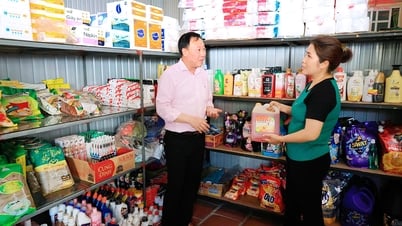
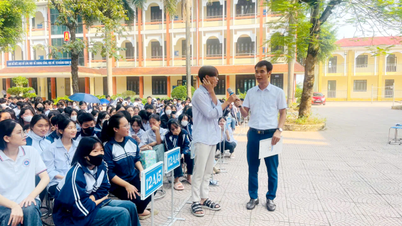
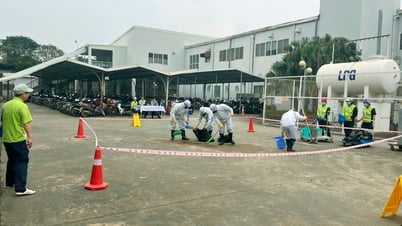
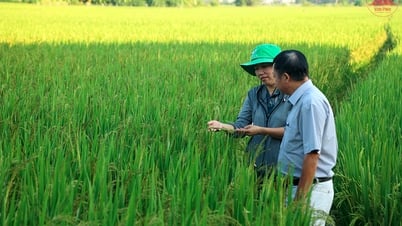








































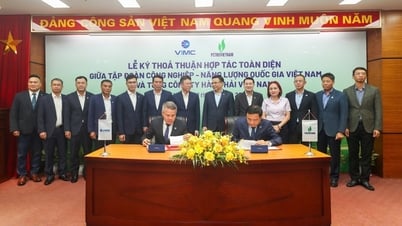

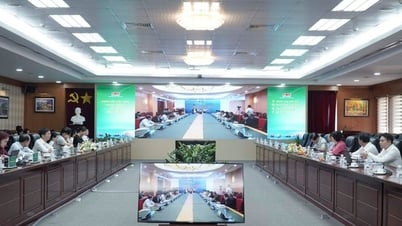









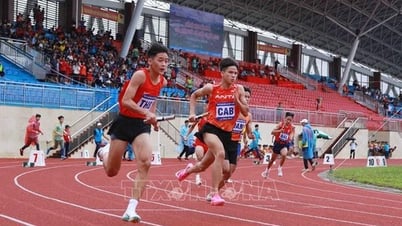





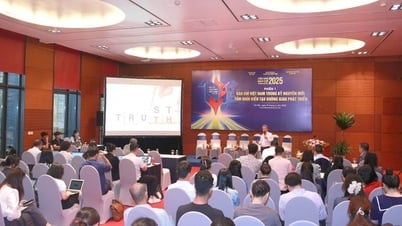
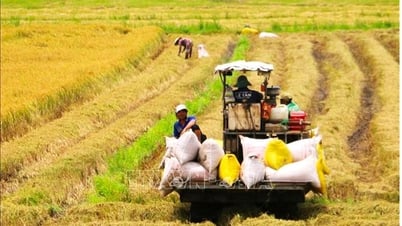

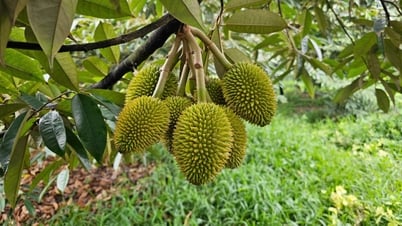


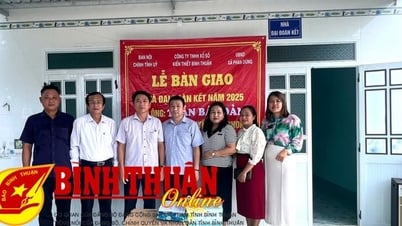



















Comment (0)